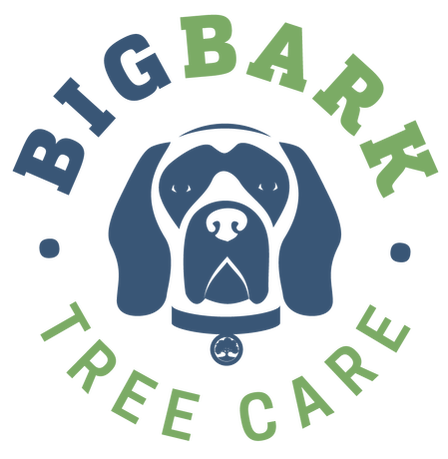|
Trees are everywhere. They're around landscapes, businesses, homes, on the side of highways, and in the forest. Trees are beautiful, and they can do so many things. Trees are essential for our life, they have been on earth for generations, and they have helped us advance in life drastically. What Can Trees Do?Trees are essential to humans primarily because of the well-known fact that they are involved in the exchange between carbon dioxide and oxygen. Trees have also helped us make advancements in our everyday lives. The bark from trees is used to make tables, flooring, statues, utensils, and much more. Trees can also provide shade for you and your home. Not only that, but trees are an integral part of the environment. Trees can absorbs a large amount of carbon, carbon emissions, particles, and other gases in its lifetime. A single tree is able to absorb around 1 ton of carbon over its entire life. They can also absorb a massive amount of water per year and reduce erosion in some cases. Besides helping you and the environment, trees also can help wildlife. They can provide animals with food and shelter. Trees Over TimeTrees have always been important and they have been here longer than most would think. Trees date back to around 400 million years ago. During that time, plants with vascular systems were found. Vascular systems are important because it is what makes the formation of trunks and branches possible. It also allows them to grow vertically. Later on, in time seeded plants started to show up. After that trees were found to have truly wood-like stems and gymnosperms started to appear. The first pine tree and ginkgo trees were founded around 200-150 million years ago. Later on, around 67 million years ago evidence of the first maple trees was found. As time went on the different types of trees and plants began to expand in all different types of ways. Random Facts About Trees
7 Comments
Spring is a time for rebirth. There are so many changes occurring this time of year that it is easy to lose sight of them all. Take a moment to review these tips to see if the trees around your house could use them. Spring is the time to:
Trim Palm Trees The threat of winter hard freezes is over. Pruning your palm trees now will have them looking great during the summer when you are by your pool. Remove Dead Branches And Suckers Dead branches and suckers are sapping vital nutrition from your tree. Removing dead branches and suckers promotes growth and an overall healthier tree. Dead limbs are a safety hazard and is even more of one when the weather warms up and the little ones venture outdoors to play. Fertilize Oak Trees, Pecan Trees, And Elm Trees Big trees need the right nutrition to be healthy. Replacing thousands of leaves lost during fall is taxing. Fertilization will keep your tree in better shape while extending its life. Arborist Administered Insecticide Tree Injections Caterpillar season is coming soon! Caterpillars range from an annoyance to a real tree damage dealer. Tree injections done by a certified arborist can keep these pests away. Can you top my trees?
We get this request far too often. The answer is, "No. You should almost never top a tree." Let's start off with what tree topping actually is. Tree topping is cutting the main branches down until there is almost nothing left of the branch. Some companies even do this to trees clean across like a hedge. Even worse are the instances when the tree is cut down to the trunk only. Except for rare exceptions, if you spot a tree company topping trees, write them off as dangerous and avoid using them. Even when speaking with a certified arborist, property owners still push back with the "usefulness" of tree topping. We will clear up some of the more common misinformation here. Tree Topping Does Not Reinvigorate The Tree This belief is rooted in seeing new growth soon after a tree topped. What happened was the tree's food production just got slashed, literally. The tree pushes out new growth in a dire effort to restore food production. The new growth is poorly structured and out of balance with the rest of the tree. The new growth is the most likely area to be afflicted by problematic insects or worse. This new growth will have to be shaped more often to keep the tree with any semblance of its natural shape. Topping A Tree Is A Terrible Choice For Reduce Its Shade Trees make shade. That's something you have to live with. Don't plant things that need full sun under a tree. If you need to open up a tree's canopy, selective pruning is the correct method. This should be undertaken by an arborist. They can make the proper cuts to ensure sound structure for your tree. Topping Trees Regularly Creates A Hazard Regularly topping your trees each season makes them structurally weak. Weak trees are more likely to drop branches or fall. Keep your area safe by not topping trees. It Is Not The Correct Practice Because A Family Member Always Did It That Way We get this push back the most often. Just because your grandpa used to do it, doesn't mean it was correct. Sorry grandpa, but its true. Their trees would have been healthier and better looking if they would have used different methods. Seek Out A Professional Tree Company Professional tree companies are operated by certified arborists. Always verify the company you are dealing with operates under an arborist number. Arborists study trees and work with them everyday. Feel free to voice your concerns, but please take the time to listen to their professional tree advise. Any good tree company will tell you "no" if you ask them to do something that would not be beneficial to your trees. These trees can appear healthy from the outside, yet are an accident waiting to happen. Have a certified arborist inspect your trees every year. This is a core I took out of sweet gum that we had just removed. From the outside the tree looked fine other than around the base it was developing some odd cavities. I knew the tree had termites from the trails left moving up the bark. Look how many are on this piece. This piece is only 3"x 3" big. This is the damage they cause. From the inside, outward. Devastating to the tree!
Tent caterpillars and bagworms tend to start showing up in summer and keep coming until fall. Early on they will form an infestation like the one shown below. Later you will see silky encasings either across your tree or hanging in a bag. These can be a problem for your pecan trees. You can also find these worms on a number of other trees and shrubs. If you notice a large mass of caterpillars or bagworms, treat them before they have a chance to move up your tree to harder to reach places. Some options for treatment are BT, carbaryl, or Malathion. Read the label before using any pesticide to make sure your variety of tree is listed. 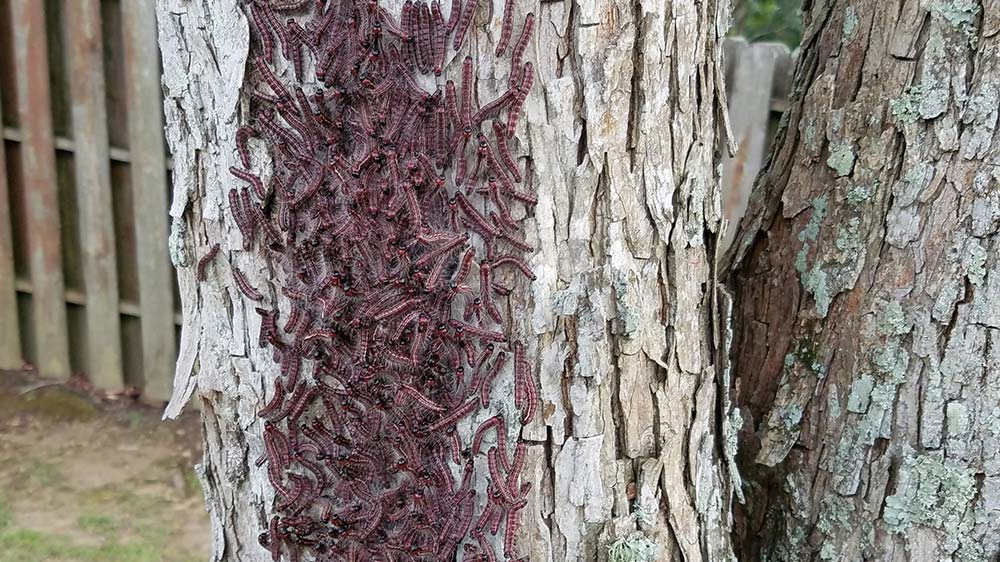 If you are noticing caterpillars and bagworms later on in their life cycle, you should get a hold of a tree care professional. Pressurized spray equipment is usually needed to reach high locations on the tree. Large worm bags need to be removed from the tree completely. If you are set on doing it yourself, try to remove as many bags as you can and throw them away in a sealed bag. If you can't quite remove higher bags, damage them or at least puncture them. Put a bird feeder near the base of the tree to attract birds. The birds will not kill all of the caterpillars, but they will knock down the population some. If you are in Baton Rouge, New Orleans, or somewhere in Louisiana between, contact Big Bark Tree Care to take care of your trees. |
|
Services |
Contact |
|
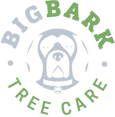


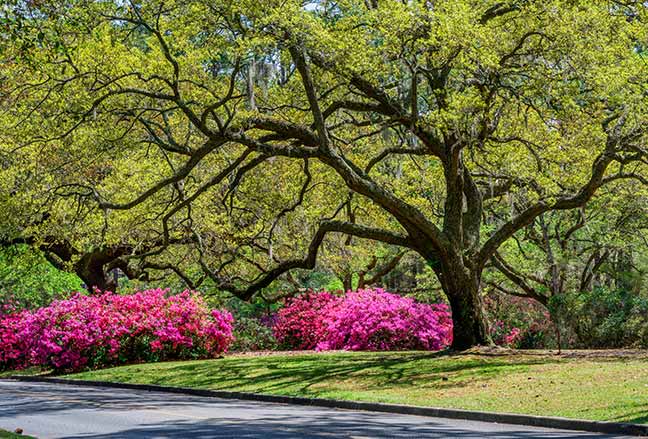
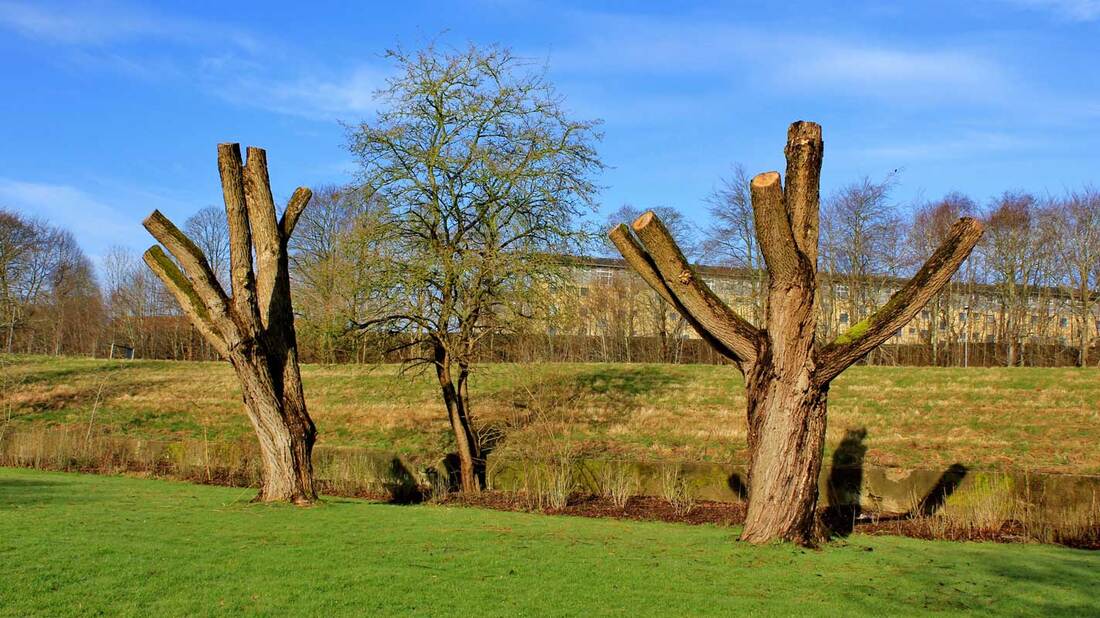
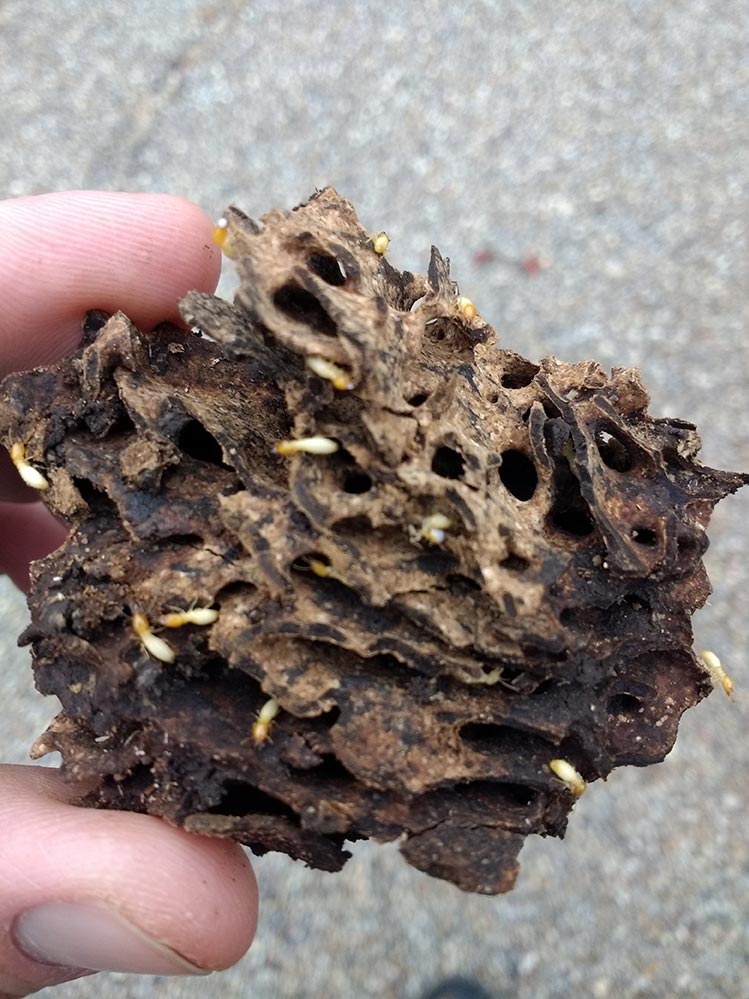
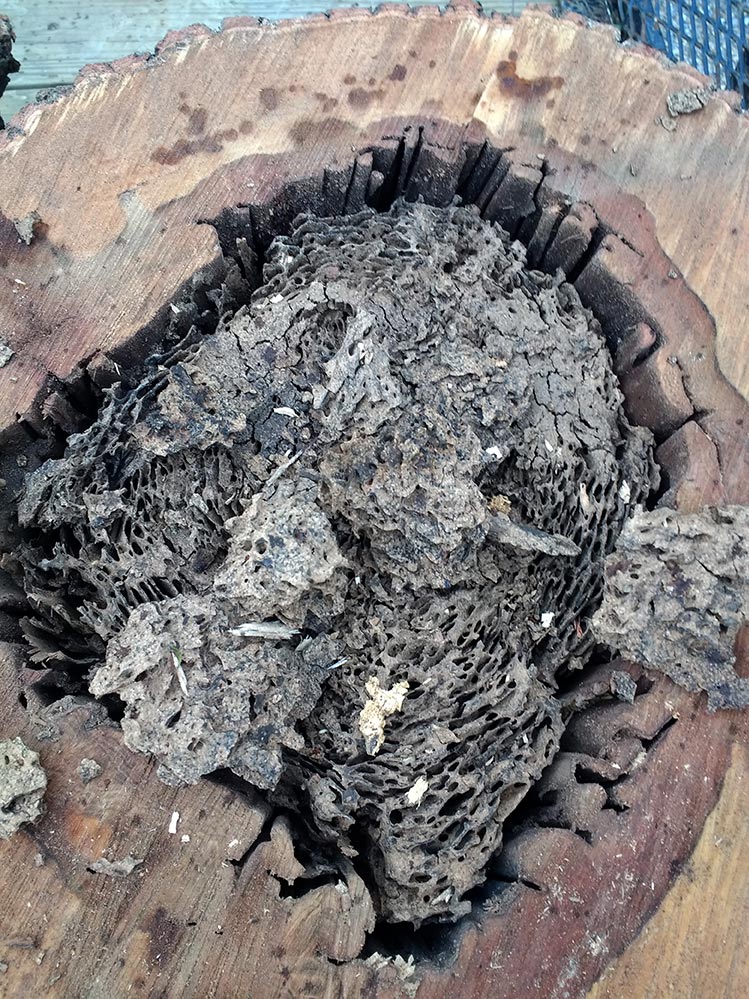

 RSS Feed
RSS Feed
